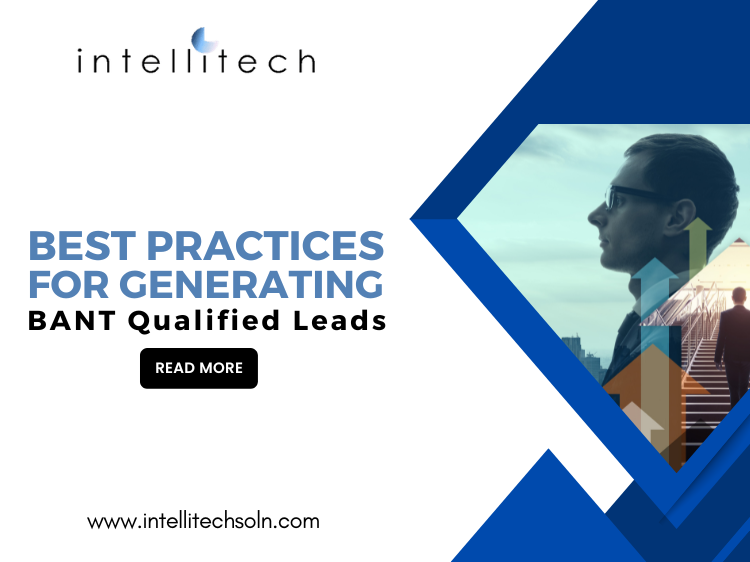Generating high-quality leads is the lifeblood of any successful B2B sales and marketing strategy. Among the various lead qualification frameworks, BANT (Budget, Authority, Need, Timeline) has long been a trusted method for identifying prospects who are more likely to convert into customers. In this blog post, we will explore the best practices for generating BANT qualified leads, emphasizing the importance of understanding the unique needs and characteristics of each lead in the BANT framework.
Segmentation and Targeting
Begin by segmenting your target audience based on industry, company size, and other relevant criteria. This allows you to focus your efforts on prospects who are more likely to have the budget and need for your product or service. Tailor your messaging and content to address the specific pain points and challenges of each segment. This ensures that your outreach resonates with the audience and captures their attention.
In-Depth Research
Conduct thorough research on your leads before engaging with them. Explore their company's financial health, organizational structure, and industry-specific challenges. Determine if the lead has the authority to make purchase decisions or if they can influence the decision-making process.
Sales and Marketing Alignment
Foster strong communication and alignment between your sales and marketing teams. Ensure that both teams have a shared understanding of what constitutes a BANT qualified lead. Establish a lead handoff process to seamlessly transfer qualified leads from marketing to sales for further engagement.
Conclusion
Generating BANT qualified leads is a crucial component of a successful B2B sales and marketing strategy. By following these best practices, businesses can efficiently identify and engage prospects more likely to have the budget, authority, need, and timeline for their product or service. Effective lead segmentation, lead capture, scoring, educational content, lead qualification questions, CRM and automation, and alignment between sales and marketing are all essential elements for achieving success in lead generation and conversion. Ultimately, these practices contribute to higher conversion rates, shorter sales cycles, and increased revenue for B2B organizations.

